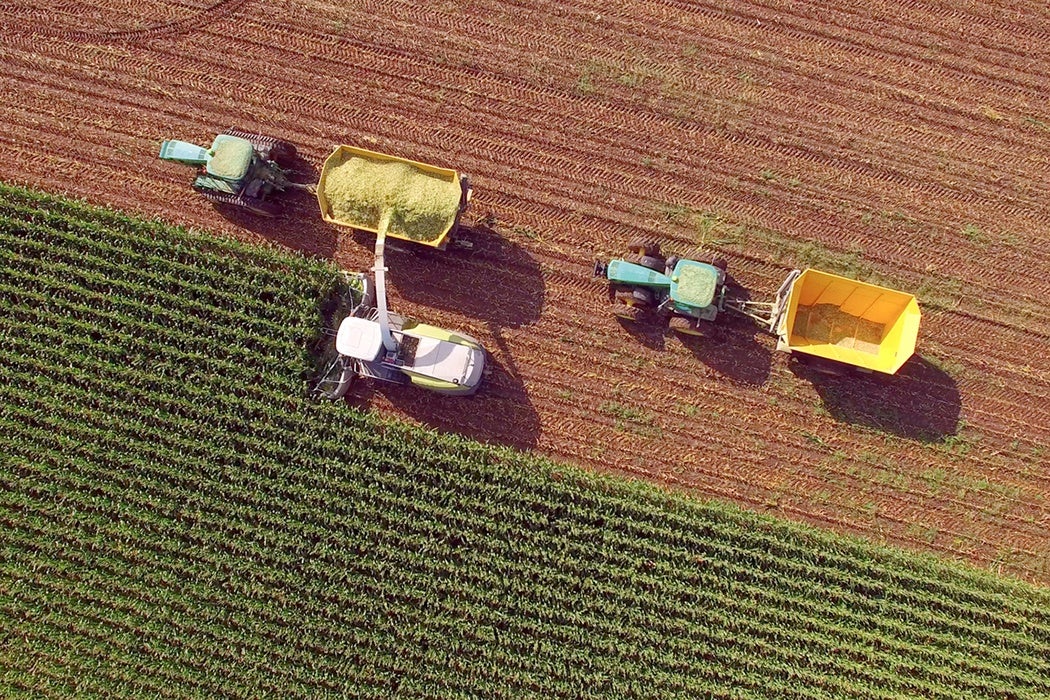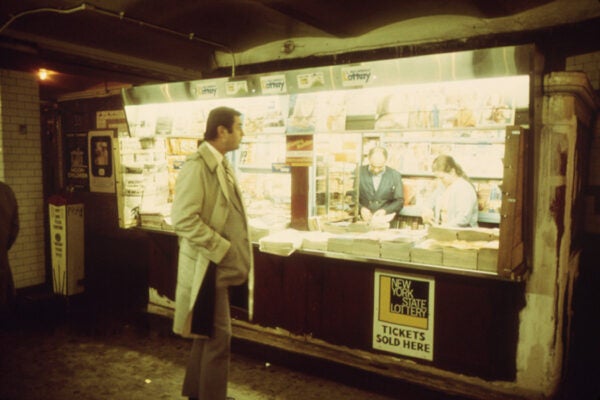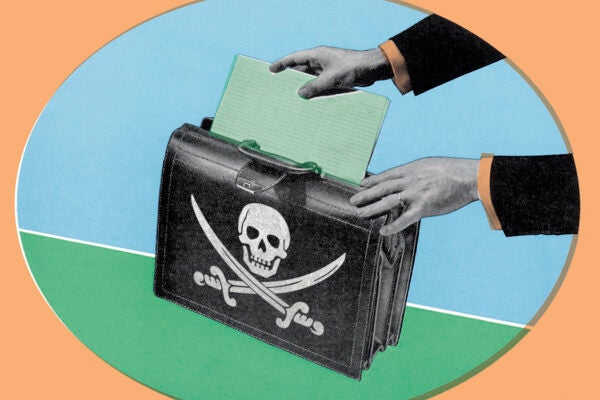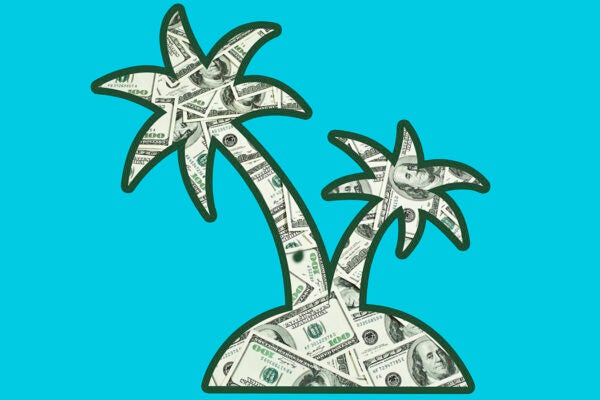President Trump’s aggressive stance on trade with Mexico has some Mexican politicians looking at reducing their massive importation of U.S. corn. The situation highlights an idiosyncrasy of U.S. economic policy: while we generally open up our manufacturing industries to fairly strong market competition at home and abroad, we give our agricultural producers a lot of protection, including the big subsidies that are included in the farm bill that Congress passes every five years.
Judith Goldstein explores the history of these divergent approaches in International Organization. Until the 1930s, Goldstein writes, tariffs were one of the few economic tools the government had. So, when any industry had a problem, politicians typically figured the best response was raising trade barriers to protect it.
The Great Depression smashed that assumption. After the stock market crashed, Congress passed the enormous Smoot-Hawley Tariff, and watched the economy tank. While it’s still not clear how badly the tariff—and the retaliation from trading partners that followed—hurt the country, it quickly became obvious that this wasn’t the solution.
For farmers, a bad economy wasn’t a new problem. They’d been suffering since prices for their products started dropping in the 1920s. By the time the Depression got really bad, small interventions to encourage farmers to limit their production had already failed.
“By 1932, policymakers believed that government was the last hope for the maintenance and health of America’s agricultural sector,” Goldstein writes. So between 1933 and 1937 the government created several programs to stabilize the supply of farm products. It began paying farmers to avoid overplanting certain crops, and also began buying and selling agricultural commodities to influence prices.
For manufacturing, some of the concerns in the ‘30s were similar. By 1933, industrialists recognized overproduction and underconsumption as a big problem. The National Recovery Administration (NRA) tried its own form of intense government intervention, but that fell apart in a few years.
Goldstein argues that the difference lay not in the objective results of intervention in the two industries but in the way experts looked at the problem. Agriculture, having been stressed even before the Depression, seemed more fundamentally in need of help.
“If industry had suffered decline,” Goldstein points out, “as agriculture did in the 1920s, a theoretical justification for an NRA may have legitimated the agency’s policies in the 1930s.” As it happened, though, a door was opened for free-market policies, and the government moved to open its industrial markets to international trade.
Weekly Digest
Of course, these policies were never meant to be set in stone, but Goldstein notes that the window for trying innovative economic ideas closed abruptly. World War II brought a boom economy, and whatever economic policies were in place at that time were pretty much guaranteed to look successful.
“If we think of the Depression as setting up a debate over trade policy, World War II then fixed one set of answers,” Goldstein writes.
And so, decisions that were made somewhat haphazardly in a time of great need still affect us today.







